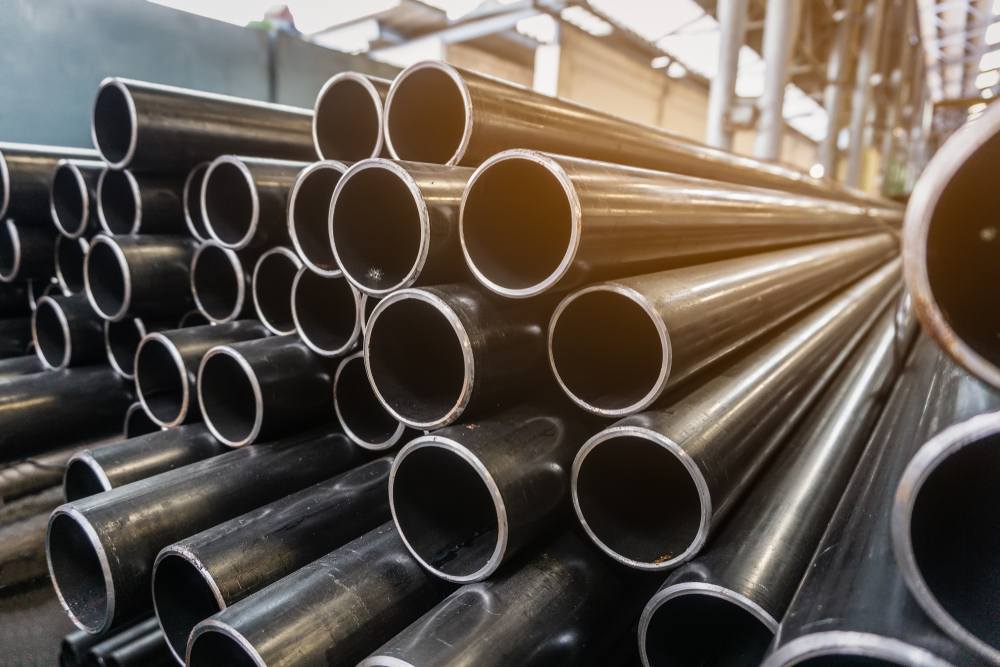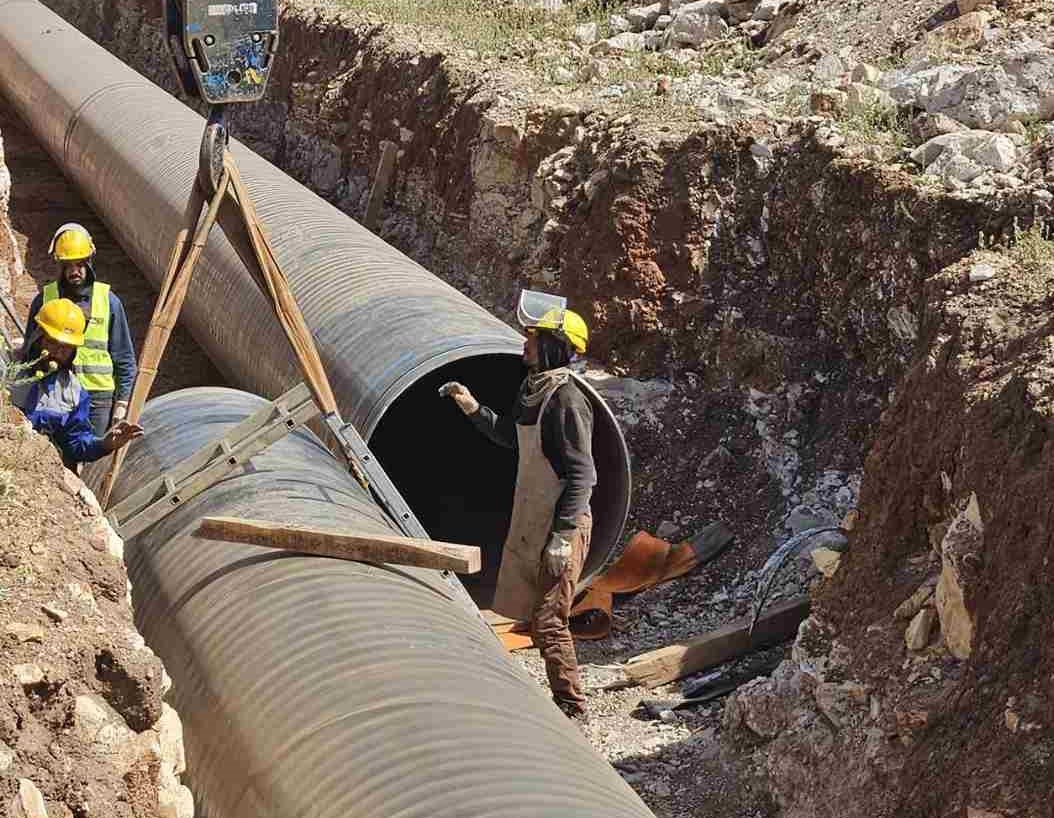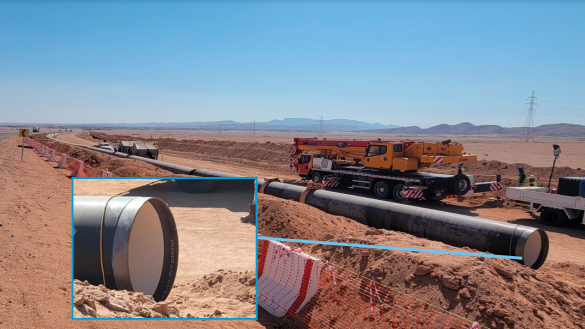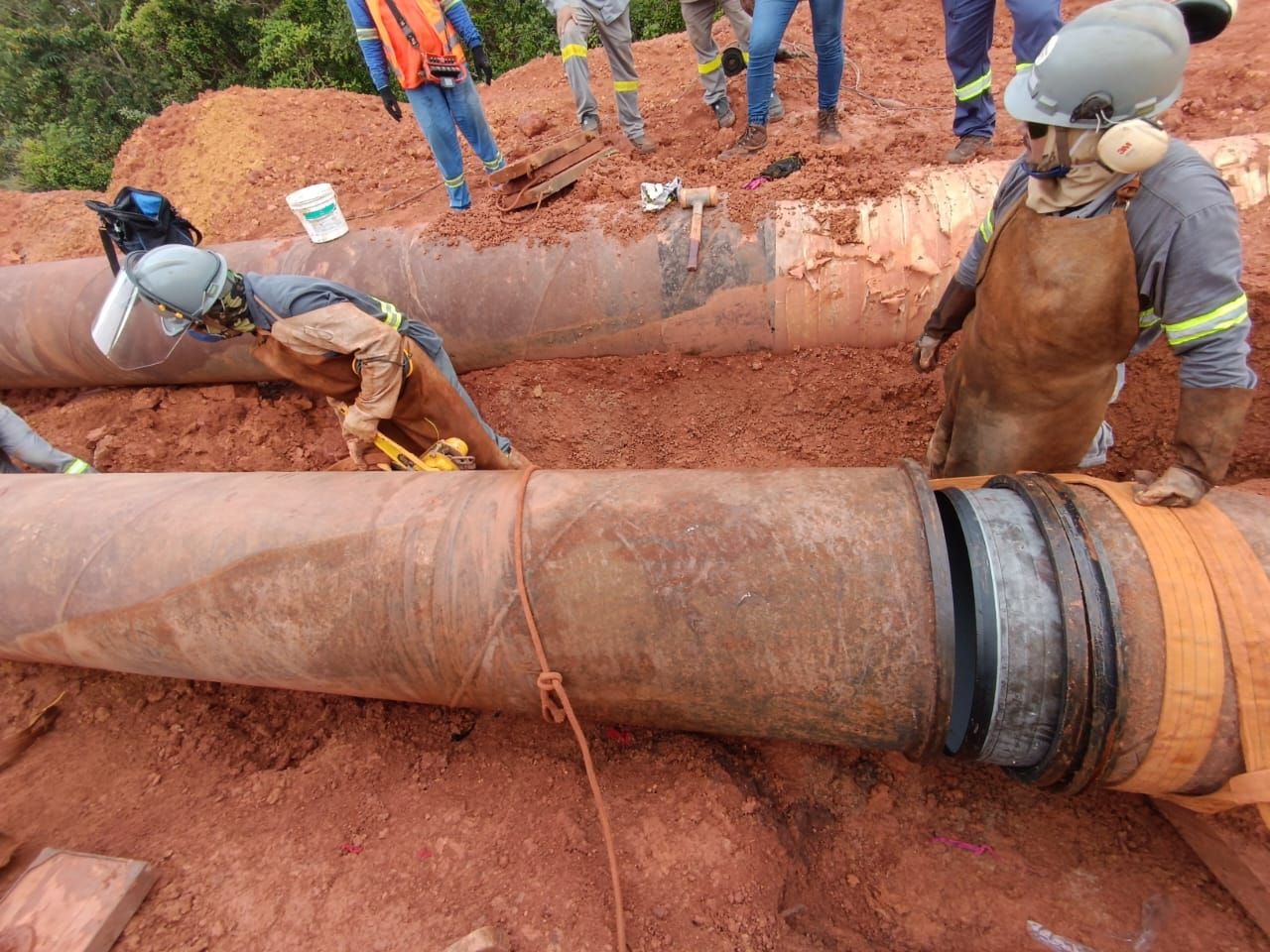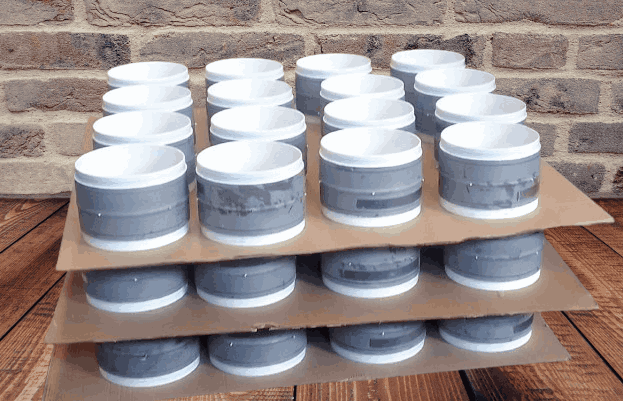Galvanized pipes have long been a popular choice for plumbing and water distribution systems due to their corrosion resistance. However, over time, even galvanized pipes can succumb to pipeline corrosion, leading to leaks, reduced water quality, and potential structural damage. In this guide, we will delve into the causes of galvanized pipe corrosion, signs of corrosion, and comprehensive steps for galvanized pipe corrosion repair and prevent further deterioration.
Read our blog: Galvanized vs Stainless Steel: What is the Difference?
Understanding Galvanized Pipeline Corrosion
Galvanized pipeline corrosion refers to the process of deterioration that occurs in pipes made of galvanized steel due to the breakdown of their protective zinc coating and subsequent exposure of the underlying steel to environmental factors. Furthermore, galvanized steel pipes are commonly used to transport water and other fluids in various industries and residential settings.
The process of galvanization involves coating the steel pipes with a layer of zinc to prevent corrosion. However, over time, this protective layer can degrade, leading to the development of corrosion.
Signs of Galvanized Pipeline Corrosion
Galvanized pipe corrosion can manifest in various ways. Galvanized pipes are steel pipes coated with a layer of zinc to protect them from rust and corrosion, but over time, this protective layer can deteriorate, leading to corrosion. Here are some signs of galvanized pipe corrosion:
1. Discoloration
Corrosion can cause the zinc coating to wear off unevenly, resulting in patches of discoloration on the pipe’s surface. These patches might appear dull, white, or chalky.
2. Rust
Despite the zinc coating’s protective nature, if it becomes compromised, the underlying steel can start to rust. The presence of reddish-brown rust on the surface of the pipe is a clear indication of corrosion.
3. Flaking and Peeling
As corrosion progresses, the zinc coating may begin to flake or peel away from the pipe’s surface. This exposes the steel underneath and accelerates the corrosion process.
4. Rough Texture
Corroded areas on galvanized pipes might feel rough or uneven to the touch. This is due to the degradation of the zinc coating and the formation of rust.
5. Reduced Water Pressure
As corrosion builds up inside the pipe, it can constrict the flow of water, leading to reduced water pressure in fixtures connected to the pipe. This is often noticeable when water flow suddenly becomes weaker than usual.
6. Leaks
Corrosion can weaken the pipe’s structure, making it more prone to developing leaks. Look for signs of water stains, dampness, or puddles near or around the pipes.
7. Unpleasant Taste or Odor
If the corrosion affects the water quality within the pipes, you might notice an unusual taste, odor, or discoloration in the water coming from your faucets.
8. Visible Corrosion on Joints and Fittings
Corrosion is often more prominent at pipe joints and fittings due to the disruption of the zinc coating during installation. Check these areas for signs of rust and deterioration.
9. Corrosion Scale
Inside the pipes, corrosion can lead to the formation of scale, which is a buildup of corrosion byproducts. This scale can restrict water flow and contribute to the overall deterioration of the pipe.
10. Noises
If you hear unusual sounds like rattling or banging when you turn on the water, it could be due to corrosion causing the pipe to become weakened and more susceptible to movement.
Explore: “How to Clean Galvanized Pipe Corrosion?”
Repairing Galvanized Pipe Corrosion
Following is a step-by-step procedure of galvanized pipe corrosion repair:
Step 1: Assessment
Firstly, begin by identifying the extent of corrosion. This can involve a visual inspection of exposed pipes and, if necessary, seeking professional assistance. Then, determine whether localized repairs or a more comprehensive solution is required.
Step 2: Gather Materials
Secondly, for localized repairs, you’ll need:
- Wire brush or sandpaper
- Rust converter
- Epoxy putty or compound
- Galvanized pipe repair clamp
For larger repairs, consider the following additional materials:
- Replacement galvanized pipes
- Pipe cutter or hacksaw
- Pipe joint compound
- Pipe wrenches
Step 3: Repair Process
Localized Corrosion
Clean the Area: Use a wire brush or sandpaper to remove loose rust and debris from the corroded area.
Apply Rust Converter: Apply a rust converter to the cleaned area to halt further corrosion and create a stable surface for repairs.
Apply Epoxy Putty: Fill pits and holes with epoxy putty, smoothing it out to match the pipe’s contour. Allow it to cure according to the manufacturer’s instructions.
Galvanized Pipe Repair Clamp: If the corrosion has caused a small leak, consider using a galvanized pipe repair clamp. Follow the manufacturer’s guidelines for installation.
Larger Corroded Sections
Cut Out the Corroded Section: Using a pipe cutter or hacksaw, carefully remove the corroded portion of the pipe. Therefore, be sure to cut back to healthy, uncorroded pipe.
Prepare Replacement Pipe: Cut a new section of galvanized pipe to match the length of the removed segment. Clean the pipe ends and apply the pipe joint compound.
Attach the Replacement Pipe: Use pipe wrenches to securely attach the replacement pipe, ensuring tight and leak-free connections.
Best Ways To Prevent Galvanized Pipe Corrosion
Preventing galvanized pipeline corrosion involves a combination of proactive measures and maintenance practices to protect the integrity of the pipes and extend their lifespan. Here are some effective prevention strategies:
1. Regular Inspection
Regularly inspect the galvanized pipelines for signs of corrosion, including discoloration, rust, flaking, and leaks. Early detection allows for timely intervention before the corrosion worsens.
2. Protective Coatings
Apply additional protective coatings to the galvanized pipes to provide an extra layer of defense against corrosion. Epoxy coatings and polyurethane coatings are commonly used for this purpose.
3. Cathodic Protection
Cathodic protection involves using sacrificial anodes made of a more reactive metal (like zinc or magnesium) connected to the pipeline. These anodes corrode instead of the pipeline, offering an added layer of protection.
4. Electrochemical Inhibitors
Electrochemical inhibitors can be introduced into the pipeline to mitigate corrosion. These inhibitors interfere with the electrochemical reactions that lead to corrosion.
5. Regular Cleaning
Keep the pipes clean and free from debris, sediment, and mineral deposits that can contribute to corrosion. Regular cleaning prevents the buildup of corrosive materials on the pipe’s surface.
6. Regular Maintenance
Develop a maintenance schedule that includes routine checks, cleaning, and addressing any identified corrosion promptly.
7. Consult Professionals
Work with corrosion experts and engineers to assess the condition of your pipelines and develop a customized corrosion prevention plan.
Conclusion
Safeguarding galvanized pipes against corrosion is pivotal in ensuring the longevity and functionality of your plumbing system. With the comprehensive steps outlined in this guide, you are empowered to address corroded galvanized pipes effectively and adopt preventive measures to extend their service life.
Moreover, keep in mind that prioritizing safety is paramount, and if uncertain, seeking expert assistance for intricate repairs is a wise course of action. By preserving your pipes, you are securing the uninterrupted flow of water and contributing to the resilience of your infrastructure.
This guide to galvanized pipe corrosion repair is simply helpful. Moreover, to get our experienced and high-quality services consult our expert now at Lined Pipe System.
FAQs
Q1: What causes galvanized pipe corrosion?
Ans: Galvanized pipe corrosion is mainly caused by the breakdown of the protective zinc coating due to exposure to moisture, oxygen, and environmental elements. Thus, this exposes the underlying steel, leading to rust and deterioration.
Q2: How can I identify galvanized pipe corrosion?
Ans: Signs of galvanized pipe corrosion include discoloration, rust, flaking, reduced water pressure, leaks, rough texture, and unpleasant taste or odor in water. Therefore, regular inspection helps identify these issues.
Q3: Can galvanized pipe corrosion be repaired?
Ans: Yes, galvanized pipe corrosion can be repaired. Thus, depending on the extent of corrosion, solutions include applying protective coatings, using cathodic protection, replacing damaged sections, or opting for complete pipe replacement.
Q4: What preventive measures can I take against galvanized pipe corrosion?
Ans: Preventive measures include regular inspection, applying additional coatings, using cathodic protection, maintaining proper pH levels. Furthermore, it includes controlling water quality, avoiding physical damage, and considering pipe replacement if necessary.
Q5: Should I DIY or hire a professional for corrosion repair?
Ans: It’s recommended to hire a professional for galvanized pipe corrosion repair. Because, professionals have the expertise and tools to accurately assess the damage, apply appropriate repairs, and ensure the long-term integrity of your pipeline system.

